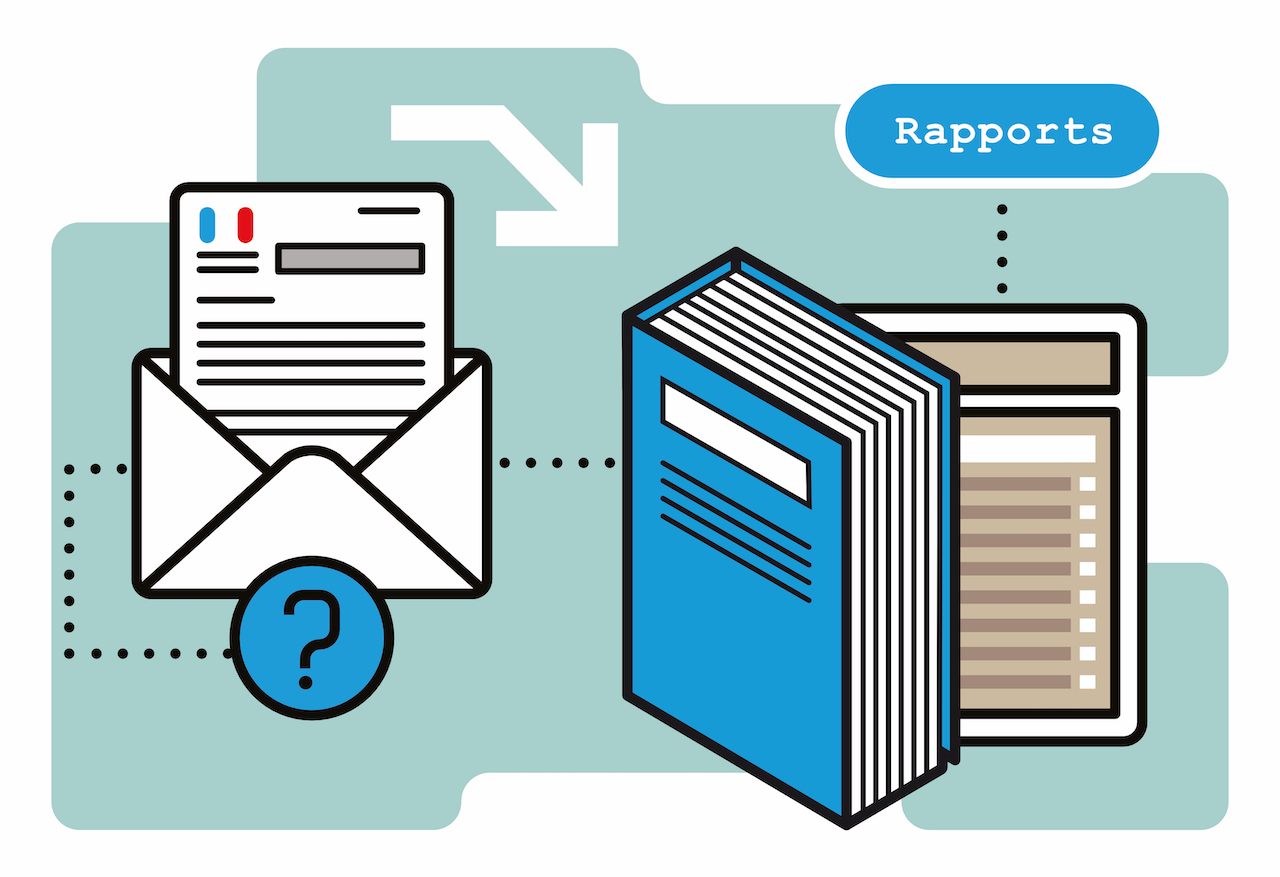Les dessous de la conception du plan d'échantillonnage de l'enquête ménages-déplacements du projet Modural à Bogotá (2022)
Fiche du document
1 mars 2025
info:eu-repo/semantics/openAccess , http://creativecommons.org/licenses/by/
Mots-clés
CARTOGRAPHY MAPS LARGE_CITIES SAMPLES STRATIFIED_RANDOM_SAMPLING R_SOFTWARE COMMUTING QUESTIONNAIRES COLOMBIA PERU LATIN_AMERICASujets proches
Inspection by samplingCiter ce document
Florent Demoraes et al., « Les dessous de la conception du plan d'échantillonnage de l'enquête ménages-déplacements du projet Modural à Bogotá (2022) », Archined : l'archive ouverte de l'INED, ID : 10.34847/nkl.4e7739u9
Métriques
Partage / Export
Résumé
In opinion polls of large Latin American metropolises, daily mobility is the second most important concern after insecurity. A large majority of city dwellers experience real difficulties in getting around on a daily basis, and the situation is even more critical for the low-income classes relegated to outskirts. Against this backdrop, the ANR Modural project focused more specifically on commuting to and from work and school, which account for over 60% of daily journeys. The research work was carried out in eight areas illustrating the peripheral urban contexts of Bogotá (Colombia) and Lima (Peru), two capital cities that had each more than 9 million inhabitants in 2021. Two questionnaire surveys were carried out among a sample of 1,600 households (800 per city) between June and July 2022. This handbook discusses the objectives, stumbling blocks and methodological choices made to devising the sample design for the survey applied in Bogotá. In particular, it explains the advantages of adopting a stratified two-stage areal sampling design for a household survey. The different steps of the process are successively presented: (1) stratification of the survey areas based on factorial and cluster analysis, (2) associated statistical validation tests, (3) calculation of sample sizes, (4) random selection of primary units (blocks) and secondary units (households), and finally (5) calculation of weights and confidence intervals. The sampling method is based on data sources that are not specific to Bogotá. On the contrary, it relies in particular on censuses data and GIS layers (city blocks, administrative divisions, base maps and satellite images), which are now openly available in many countries in the region. In a perspective of reproducibility and open science, only free or open-source software is used, including the R software and more occasionally the QGIS and SavGIS software. The R scripts and the GIS functions used are detailed in the appendix of the handbook in order to facilitate their re-use. The same sampling method was used for the ANR Modural household survey in Lima.
